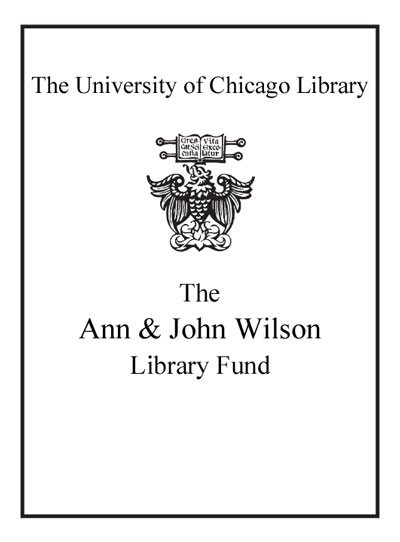Review by Choice Review
This detailed examination of historic central European capitals--Berlin, Warsaw, Prague, and Budapest--uses visual and creative culture to explore the impact of imposed foreign regimes in the past century, with particular attention to the transition from Soviet domination. The work provides windows on central European theory--geographic models by Steven Totosy de Zepetnek and cultural studies from Siegfried Schmidt and Itamar Even-Zohar--that may be novel to US urbanists. Lisiak reviews a historical framework of layers of "colonization" (Austrian/German/Nazi, Soviet, Western, and globalization) that have shaped these cities, although one might wish for engagement with questions raised within wider colonial studies (e.g., by Frantz Fanon). Chapters are encyclopedic, scrutinizing heraldry, urban logos, Web sites, and printed tourist materials for all four cities in one chapter, followed by chapters on new architecture and renovation (sadly, with no illustrations) and post-1989 literature and films. The detailed chronologies and comparisons among all cities make for a jerky read, especially in the history chapter. The insistent data, while important for researchers, may make it difficult for readers to extract wider conclusions from myriad examples or to understand what differences among these cities teach one. Summing Up: Recommended. Upper-division undergraduates and above. G. W. McDonogh Bryn Mawr College
Copyright American Library Association, used with permission.
Review by Choice Review

